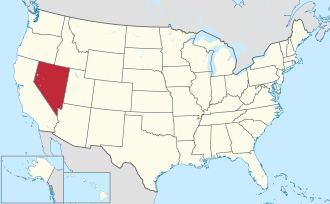2000 census
As of the census [12] of 2000, there were 34,501 people, 13,007 households, and 9,443 families living in the county. The population density was 17 people per square mile (6.6 people/km2). There were 14,279 housing units at an average density of 7 units per square mile (2.7/km2). The racial makeup of the county was 88.62% White, 0.65% Black or African American, 2.45% Native American, 0.61% Asian, 0.14% Pacific Islander, 4.59% from other races, and 2.94% from two or more races. 10.97% of the population were Hispanic or Latino of any race.
There were 13,007 households, out of which 33.20% had children under the age of 18 living with them, 58.40% were married couples living together, 9.10% had a female householder with no husband present, and 27.40% were non-families. 21.40% of all households were made up of individuals, and 8.30% had someone living alone who was 65 years of age or older. The average household size was 2.61 and the average family size was 3.02.
In the county, the population was spread out, with 27.10% under the age of 18, 6.60% from 18 to 24, 27.30% from 25 to 44, 25.20% from 45 to 64, and 13.70% who were 65 years of age or older. The median age was 38 years. For every 100 females, there were 102.50 males. For every 100 females age 18 and over, there were 100.00 males.
The median income for a household in the county was $40,699, and the median income for a family was $44,887. Males had a median income of $34,034 versus $25,914 for females. The per capita income for the county was $18,543. About 7.20% of families and 10.40% of the population were below the poverty line, including 14.10% of those under age 18 and 7.10% of those age 65 or over.
From 2000 until 2008, Lyon County was one of the fastest-growing counties in the United States. [13] However, its growth rate collapsed during 2008. [14]
2010 census
As of the 2010 United States census, there were 51,980 people, 19,808 households, and 14,137 families living in the county. [15] The population density was 26.0 inhabitants per square mile (10.0/km2). There were 22,547 housing units at an average density of 11.3 units per square mile (4.4 units/km2). [16] The racial makeup of the county was 85.0% white, 2.5% American Indian, 1.4% Asian, 0.8% black or African American, 0.3% Pacific islander, 6.4% from other races, and 3.7% from two or more races. Those of Hispanic or Latino origin made up 14.8% of the population. [15] In terms of ancestry, 20.0% were German, 18.5% were English, 15.5% were Irish, 5.9% were Italian, and 5.3% were American. [17]
Of the 19,808 households, 33.2% had children under the age of 18 living with them, 55.3% were married couples living together, 10.2% had a female householder with no husband present, 28.6% were non-families, and 22.1% of all households were made up of individuals. The average household size was 2.61 and the average family size was 3.02. The median age was 40.9 years. [15]
The median income for a household in the county was $48,433 and the median income for a family was $56,106. Males had a median income of $45,319 versus $31,536 for females. The per capita income for the county was $21,041. About 8.7% of families and 12.8% of the population were below the poverty line, including 14.9% of those under age 18 and 6.6% of those age 65 or over. [18]








